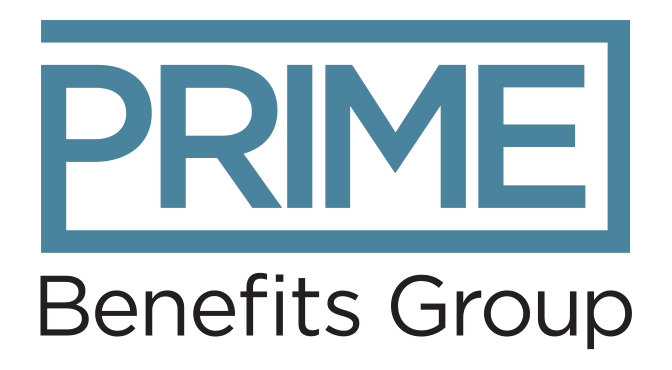- Have a question?
- 613-89-Prime (77463)
- 1-866-950-3667
- info@primebenefitsgroup.com
Creating a Connected Workplace Culture during COVID


An organization’s culture is as individualistic as a person’s fingerprint. It is unique and often difficult to articulate. Employees tend to describe their workplace culture as experiencing a sense of connection to their colleagues and their employer’s values.
They regularly experience workplace culture through internal communications, meetings, and how these core values are integrated into their work day — whether interacting with colleagues, clients, vendors, or community stakeholders.
Values define an organization’s North Star (how they define their purpose, products, services, customers, and employee benefits). It is how they navigate toward their collective beliefs and make decisions about their business operations that enlivens a workplace culture.
What is culture?
As well, culture is not something that changes on a dime. It is slowly and thoughtfully integrated into every aspect of a business from recruiting, onboarding, performance reviews, employee surveys, exit interviews and what is offered in the employee total compensation package.
While many businesses offered some form of flexible work-at-home arrangement pre-COVID, the impact of the COVID-19 pandemic seems to — almost overnight — have caused changes to workplace policies, procedures, and once strongly-held beliefs about how work was best performed.
As of March 2020, organizations faced an immediate and unprecedented environmental pressure — the need to allow for remote work for many, if not all, employees.
With a year of COVID-related conditions under their belts, employers are able to reflect on how they adapted. Many can put a check mark beside the introduction of revised, remote work arrangements and the introduction, en masse, of increased digital communication tools.
Almost as quickly as one can snap two fingers, employers offered solutions to help employees secure proper desks, office chairs, enhanced WiFi and ergonomic assessments.
Additionally, this rapidly altered work environment caused employers not only to examine their employee policies and group benefit program, but also what they needed to modify in order to create and maintain a healthy and connected workplace culture.
5 Steps to Consider
The following five steps are key to maintaining a connected and positive workplace culture, especially when employees are working remotely.
- Provide transparent communication by leaders. Based on an ongoing analysis done by MIT/Sloan Management Review, their monitoring of 1.4 million employee-written reviews on Glassdoor indicates the importance of transparent communication.
MIT/Sloan’s month by month review of workers at Culture 500 companies noted a significantly more positive rating between April and August 2020 for:
a) effectiveness of team communication
b) transparency of leaders
c) organizational transparency and
D) clarity of strategy
The top 50 companies in this workplace culture study all had high scores in transparent leadership as well as their ability to consistently address issues related to employee welfare. - Create more frequent check-ins. A digital environment makes it more challenging to notice body language and get a sense for how employees are doing. It requires more direct, one-on-one communication in order to find out how they can provide the best support moving forward.
Additionally, it is helpful to offer more feedback and explicit direction at the start of a project while continuing with frequent check-ins throughout an employee’s assignment. - Offer access to mental health resources. Earlier this year, we launched our Remote Care Wellness toolkit. This digital guide provides links to free mental health and self care resources that represent relevant and timely tools you can offer your employees.
Contact us at info@primebenefitsgroup.com to access a digital copy. - Review your group benefits program.
With an eye to providing sufficient flexibility, contact your trusted benefits advisor to review your plan design including a discussion about your healthcare spending account and any funds allocated to ensuring employees are set up for success during these uncertain times.
Remember the Canada Revenue Agency (CRA) allows employers to reimburse up to $500 of personal computer equipment without an employee receiving a taxable benefit.
Of note, the $500 reimbursement is in respect of each employee and not each piece of purchased office equipment. - Remind leaders of the importance of “leading by example”. These days, the lines between work and home may seem blurred. It has become increasingly difficult to turn work off and unplug especially given the absence of leaving an office building and starting the daily commute home.
Leaders are tasked with setting a good example of staying focused on tasks during set work hours and avoiding the lure of sending and responding to emails and texts after set work hours.
Adhere to these best practices and honour work-life boundaries so employees will know it is important for them to do the same.
Read our blog called, Ways to Improve Work-Life Integration for additional tips.
Access the Toolkit
These are just some of the many tips and resources available to promote a healthy connected workplace culture. We are pleased to offer additional resources including our Remote Care Wellness Toolkit.
If you would like a digital copy of this toolkit or other employee benefits-related information, please contact us at info@primebenefitsgroup.com. Let’s work together and create solutions that work best for you and your organization.